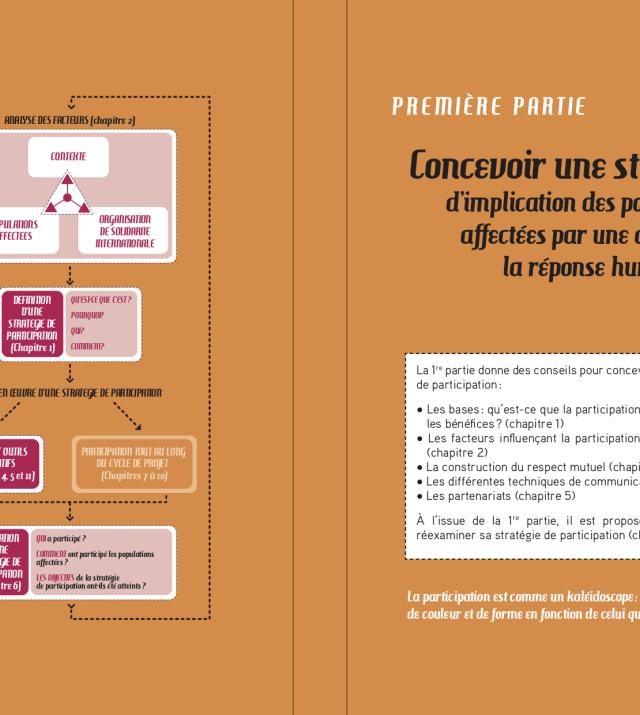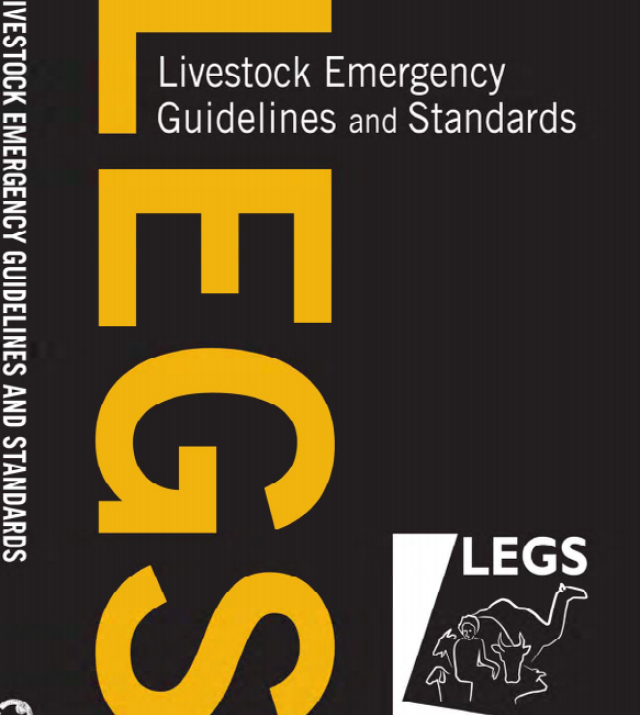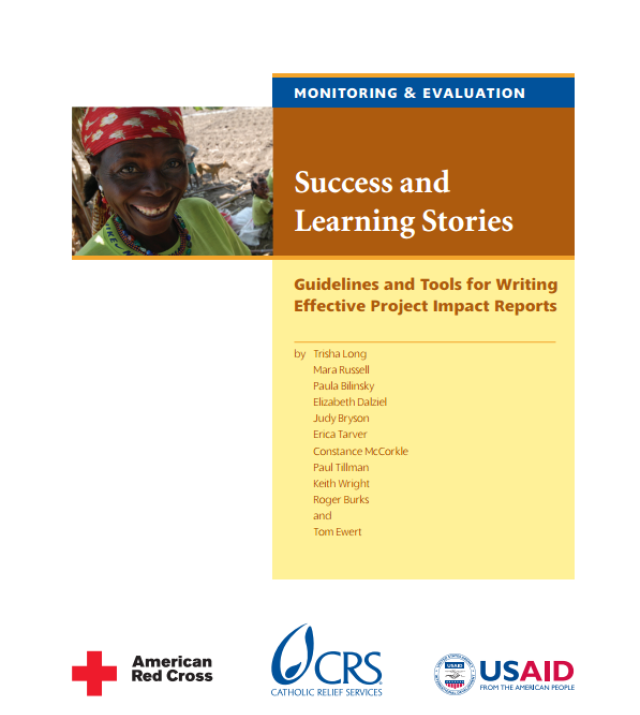
Participation Handbook for Humanitarian Field Workers

This handbook looks at ways of optimising the participation of crisis-affected people in humanitarian action. Humanitarian situations present particular challenges: the need for a rapid response; the risks of working in insecure situations; and the potential for manipulation in highly politicised environments. It is therefore often difficult for people to participate as fully as they might in other situations. As a result, the definition of participation used here is quite broad.
In this handbook participation is understood as the involvement of crisis-affected people in one or more phases of a humanitarian project or programme: assessment, design, implementation, monitoring or evaluation. The degree of involvement will vary depending on the circumstances, and there will always be debate about what constitutes ‘real’ or ‘meaningful’ participation. However this handbook takes a very pragmatic approach to participation and encourages the reader to involve crisis-affected people in humanitarian responses to the greatest extent possible, and to constantly look for new opportunities to increase the level of participation.
Tools exist for planning and managing humanitarian programmes, which can help to make sure crisis-affected people play a part (see Parts 2 & 3), but there is more to participation than a set of tools. It is first and foremost an attitude – a state of mind – that sees people affected by a crisis as social actors with skills, energy, ideas and insight into their own situation. Local people should be agents of the humanitarian response rather than passive recipients.

